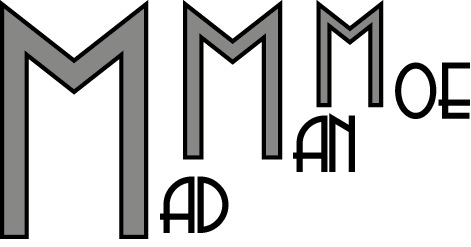The Dome
One of the smallest pieces but probably the most important, so it's worth getting right.
Despite a lot of effort I could never cast perfectly smooth pieces with polyester resin. I've gotten pretty good though, so your dome may not need too much clean up, just in case, here's the process I used to have to go through the clean up my domes.
 |
| These have been sat on my workbench a while, so they're a lil' fuzzy |
These were cast in open moulds so the first job is to sand the back flat. I usually just sit it on 40 grit paper but if you have a belt sander that might work too. Try not to take too much off the sides or the dome won't fit as snuggly into the centre dial.
The outer layer of the dome is a bit gummy, which means it's a pain to sand. I used a dremel attachment to get as much of it off as possible (otherwise it gums up your paper)
After this you probably want to take more 40 grit to it making sure all the gunk is off.
Then comes the slow tedious job of sanding and polishing.
First I use 100 grit to get rid of all the tool marks from the dremel. The back of the dome can be left at 100 as it gets painted anyway.
This is painfully boring and my mind tends to wander so I tried to be methodical, counting how long I was sanding for, using a small circular motion and always washing the dome when I changed grits.
The final stage is to polish. I use toothpaste and a pair of tights to polish. One of the weirder things in my toolbox, but toothpaste is just a mild abrasive.
Some people use an old sock for polishing, but I found tights are smoother and give a better finish, plus they're finer, making it easy to handle small objects.
Anyway, the end result of all that should be a nice smooth, shiny dome.
The next job is to paint the back of the dome gold. You can use rub 'n buff, but I found it hard to get a completely solid layer without really caking it on, so instead I just used a gold acrylic and sponged it on. 2 - 3 coats should give you complete coverage, hold it up to the light to see where gaps are.
Once the gold has completely dried then you need to etch some lines in it. You can sketch out a design before hand if you want, but remember whatever you do the final result will be reversed.
Using a pin I etch lines into the paint, continually checking the other side to see how it comes out. If you are adding LEDs place your dome over them to gauge the effect.
Priming
Once all the pieces are cleaned up it's time for primer. As with most things on this build though, it's not that easy. Filling the hundreds of undercuts with spray paint is near impossible, unless you get in close, over-spray and take out all the detail.
My solution to this was to water down (almost to a wash) some primer and hand paint the main body and lid pieces. It's nice and easy to paint, and capillary action causes it all to collect in the undercuts. Once this dries I then give them a spray to get an even finish.

The other pieces can be sprayed as normal.

All pieces then need undercoating in black. Unfortunately the same problem occurs with spray. So I do an acrylic ink wash first to get paint in all the tiny gaps. You could just use a black primer, I don't know how that'll affect the gilding

Stone compass anyone?
Then they get sprayed with matt black to give a nice even finish.
Gilding
Once everything is undercoated the next step is painting the insides of the lid and body.
These parts are hard to see, so I just went for a loose, deep red, wood kind of colour. Painted on thick and streaky to give it a bit of texture. And if you're being really detailed, you can lighten your mix a little with yellow and add a very light dry brush to highlight it a bit.
Possibly the most satisfying step in the painting, is gilding everything.
I tried a gold airbrush paint, but for a really shiny metallic finish nothing beats 'Rub 'n Buff'. I tried using the 'Antique Gold' product, but it's really dark, bronze even, so I decided upon the 'Gold Leaf' variety.
I use a large stiff brush to dry brush it on. I found it impossible to do this without Spandau Ballet rocking through my head.
Start slow, but don't be afraid to go heavy with it and get it into the gaps, remember that all this gets knocked back a fair bit with weathering, If you're unsure, add more gold! You can always tone it down later.
Start slow, but don't be afraid to go heavy with it and get it into the gaps, remember that all this gets knocked back a fair bit with weathering, If you're unsure, add more gold! You can always tone it down later.
Once everything is gilded then you'll want to give it all a good clear coat. I used matt because, although it is gold, we're not going for that highly polished metal look.
Part 1 | Part 2 | Part 3












No comments:
Post a Comment